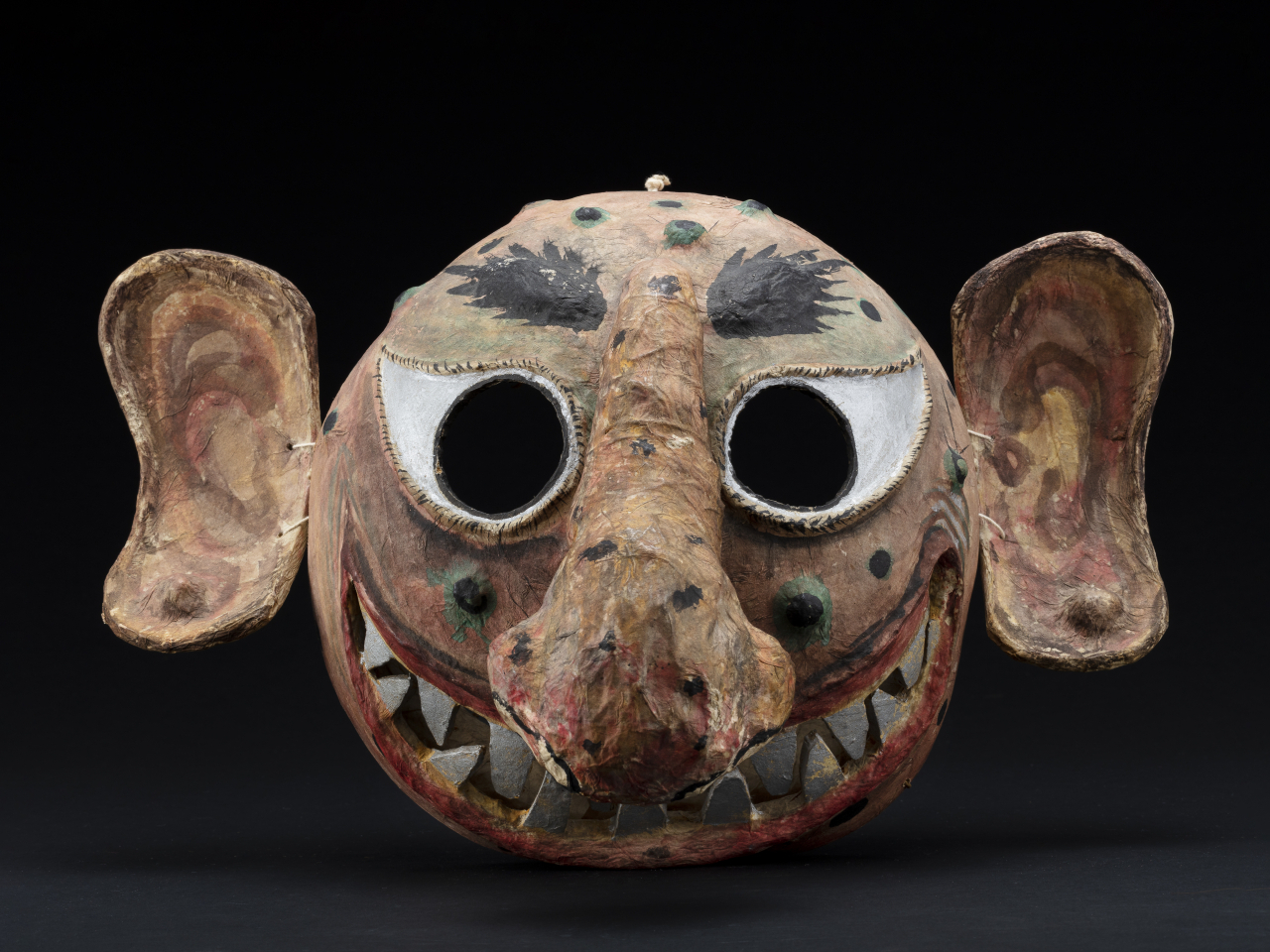Rich culture of masks in Korea, Japan and China on show at Folk Museum
By Kim Hae-yeonPublished : Oct. 25, 2023 - 15:15

Masks from Korea, Japan and China are being shown at a special exhibition titled "Everyday Use of Masks, the Ideal of Masked Play," which opened Tuesday at the National Folk Museum of Korea.
On display are 195 masks -- 102 from Korea, 48 from Japan and 45 from China -- each with its own unique story and cultural significance.
Some rare Korean masks dating back to the 1920s and 1930s are on view. At the time, masks were often discarded after a single use, making these masks special.
"In conducting research and presenting masks to the public, our typical approach had been to emphasize the distinctive features that set us apart from our neighboring countries," Oh A-ran, the museum’s researcher in charge of the exhibition, told The Korea Herald on Wednesday during a press viewing. "However, in this exhibition, our primary focus has been to highlight the shared life lessons (of the three countries) which we aim to convey through mask plays."
The first section of the exhibition begins with Korea's “talnori,” a mask play with a conflict-harmony narrative in which characters engage in arguments that end with reconciliation. China's “Nuo opera,” featuring the turbulent life of a legendary historical figure and Japan's “Kagura,” a narrative of prayer, with a focus on wishing to the gods are also introduced in this section. A distinguishing feature of Korean mask play is the active involvement of the audience, in contrast to the mask performances from China and Japan that take place on a stage.


The second section of the exhibition explores the similarities among the masks of the three neighboring countries of Northeast Asia, with a particular emphasis on lion masks.
Despite their seemingly fierce and aggressive appearance, the lion masks are actually considered symbols of benevolence in the three countries, aimed at warding off evil spirits and ushering in wealth and happiness.
Videos of the representative mask performances of the three countries run throughout the exhibition, along with immersive soundscapes to help viewers better understand the cultural context.
Sample mask figures are also on display, allowing the visitors to experience the texture and intricate details of the creations.
The exhibition runs until March 3, 2024.











![[Kim So-hyun] The quiet taxi driver from Paris](http://res.heraldm.com/phpwas/restmb_idxmake.php?idx=644&simg=/content/image/2024/04/25/20240425050891_0.jpg&u=)







